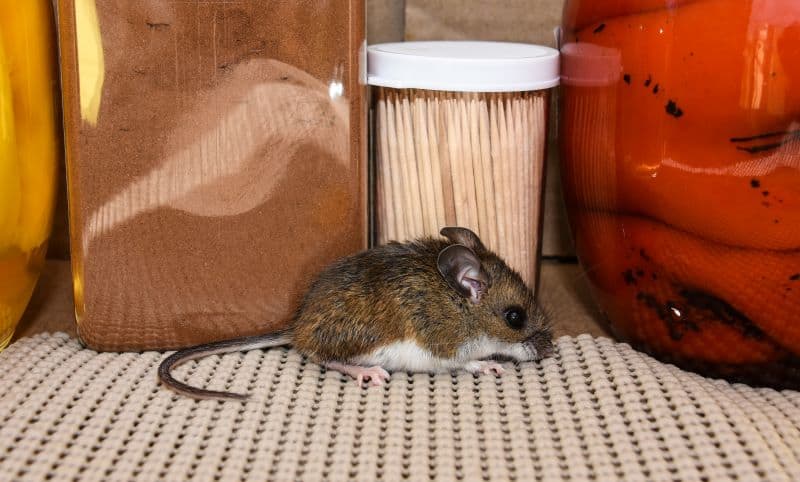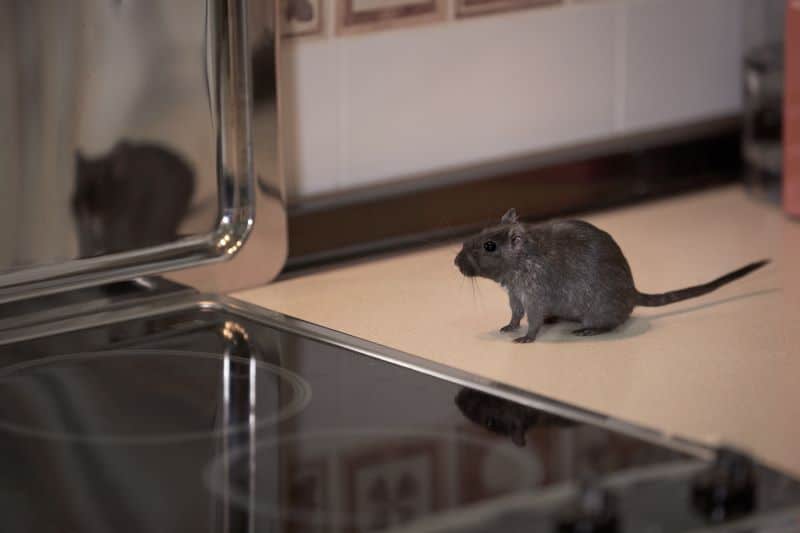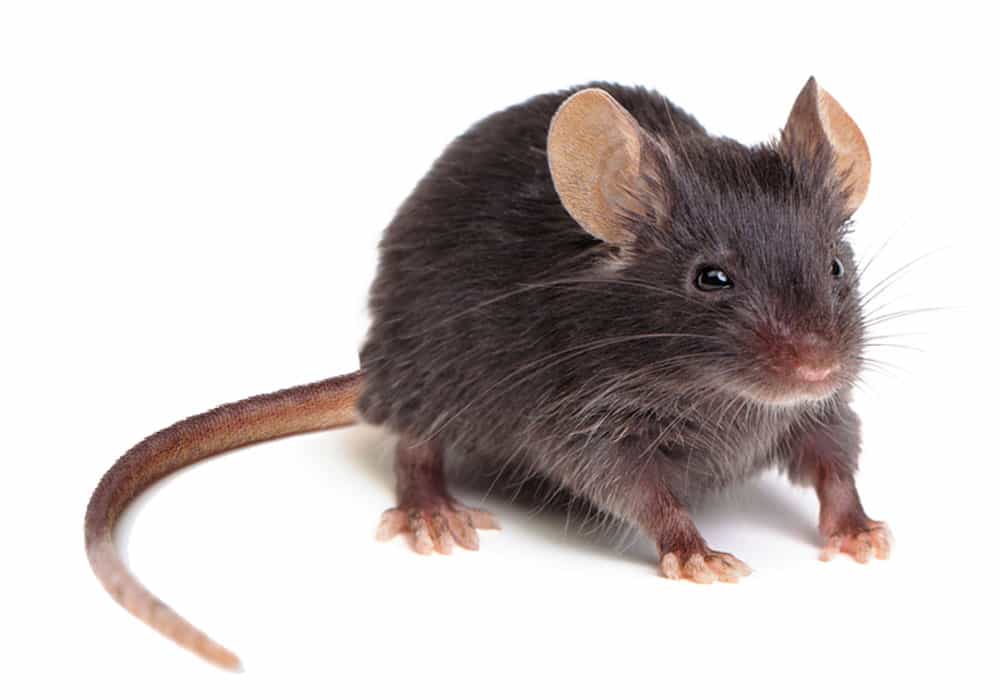In a world of pests, stinging insects are unique
In the world of pest control, we see a wide variety of infestations that cause our clients stress. There are those that are a great nuisance, such as sugar ants; there are those that pose a genuine threat to our health and safety, such as rodent infestations; there are those that can take a mental and emotional toll, like spiders; and then there are those that present themselves in a manner combining all of the above, as is the case with wasps, hornets, and yellow jackets.
Wasps, hornets, and yellow jackets are stinging insects that can cause you and your loved ones genuine harm, as they can be aggressive when they feel their nests are threatened, and it just so happens that most of them enjoy building those nests on the structures of our homes.
We Pacific Northwesterners in Lake Oswego love to spend as much time as possible outside when the weather is finally warm and sunny and we’re able to enjoy the bounty of flowering plants in Spring. Yard games, barbecues, and other sorts of outdoor entertaining are the norm, and, of course, this is also the time in which so many of our nuisance pests make their presence known. And if you or your loved ones have an allergy to one of these stinging insects that is all the more reason to make sure you have the right pest control team by your side!
Not all stinging insects are the same
Though their levels of aggression vary from species to species, the safest way to deal with wasps, hornets and yellow jackets is by removing them from your home or other areas of your property where they are congregating.
The stinging insect experts at Aspen Pest Control are here to help you with all of your wasp, hornet, and yellow jacket extermination needs, because it is our goal for you and your neighbors in Lake Oswego to live better, pest-free lives.
We use commercial-grade solutions to provide you and your loved ones the best value for your pest control investment. And because there are no one-size-fits-all solutions, we tailor our recommendations to you, your unique situation, and budget.
The best way to keep you and your loved ones safe is by understanding the distinctions between these creatures and applying solutions accordingly.
What are paper wasps?
The wasps that we most commonly see in Lake Oswego are more specifically called paper wasps. These flying insects aren’t especially large, measuring approximately one-half to one-and-a-half inches in length. Their appearance is quite distinct, with dark brown to black and yellow markings found on the head and thorax, with similarly colored bands found on their abdomens.
These insect colonies, like many others, consist of a queen, workers, and drones. The queen paper wasp is larger than the rest of the wasps in the colony and her sole purpose is to lay eggs and grow the size of the colony.
Worker paper wasps, all female, have a variety of jobs they are responsible for. These wasps build, maintain, and protect the nest, as well as do things like gather food for the colony, with their primary diet being pollen and nectar, although they will also feed on smaller insects and caterpillars.
The males of the colony, called drones, exist for the singular purpose of mating with the queen. Once they have provided this function, they will soon die.
But why “paper wasps,” you might be asking? Well, the name of the paper wasp is derived from the way in which these creatures build their nests. Paper wasps — through an ingenious (albeit unappetizing) example of natural ingenuity — are able to combine wood fibers and other plant matter with their saliva in order to generate a water-resistant building material that is reminiscent of birch bark or papier mâché.
Their favorite places to build these nests are in places like the eaves of your home, under covered porches, and even in places like overhead pipework. They’re looking for areas that are stable, flat, and sheltered from more extreme elements and potential predators. As many as 100 paper wasps can be found in these nests.
Though they are less aggressive than their hornet and yellow jacket counterparts, the paper wasp will still sting people they feel are threatening their nests, so be careful not to disturb them and call upon pest control experts in order to safely exterminate them and appropriately remove their nests from your home.
What are hornets?
This is where things can sometimes be confusing. Hornets and paper wasps are not the same insect, and, in fact, hornets are actually a type of wasp. To get even more specific, the European hornet is the most commonly seen hornet in the Lake Oswego area. Slightly larger than the paper wasp, they can reach over two inches in length. Their appearance is also similar to that of the paper wasp, but their darker colorings are more brown than black, and their “waists” are typically much slimmer than their wasp counterparts.
They are not pollinators like the paper wasp, and tend to consume other insects as their primary source of nourishment. Honey Bees, flies, grasshoppers, and yellow jackets are just some of their favorites, and they will even consume tree sap should there be a lack of insects to consume.
Hierarchically, they are also the same as the paper wasp, with their colony consisting of a queen, workers, and drones (males) with their roles being devoted to laying eggs, colony construction, protection, and feeding, and mating, respectively.
Aggression is a concern with hornets should they feel their nest is being threatened. Again, if you find a hornet nest on your home or property, seek professional help in order to ensure your hornet problem is taken care of safely and effectively.
What are yellow jackets?
Yellow jackets are the peskiest, most aggressive stinging insects in this particular group we’re discussing. Because of their affinity for sugar, they’re the insects you’re most likely to see swarming around trash cans, food and drink areas at outdoor parties, and nectar-rich flowering plants.
Like paper wasps and hornets, the yellow jacket also feature distinct yellow and black markings on their heads and thoraxes with alternating black and yellow stripes on their abdomens.
Perhaps most unusual about the yellow jacket is their affinity for meat protein during the larval stage. It is incredibly common to see worker yellow jackets swarming around meat during outdoor parties because the workers will bring it back to the nest in order to feed the larvae.
Another important distinguishing characteristic of the yellow jacket are the places in which they build their nests. Instead of building their nests on structures or tree limbs as paper wasps or hornets do, the yellow jacket will take even more extreme measures in order to protect their nests by building them deep in bushes or underground in abandoned animal dens.
Far more aggressive than their wasp cousins, the yellow jacket will take offensive measures if people or animals come anywhere near their nests or if they perceive any threat whatsoever. Adding to this, the yellow jacket can sting multiple times, causing a sharp, stinging pain to those afflicted. Extreme caution should be taken with the yellow jacket.
Lake Oswego deserves the best in pest control when it comes to its paper wasp, hornet, and yellow jacket infestations — and Aspen Pest Control is here to help!
Our stinging insect extermination experts will inspect, recommend, and treat your stinging insect infestations in a way that is safe, thorough, and effective. Nest removal comes as a standard part of this premier service. Call us today for your free consultation!









